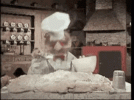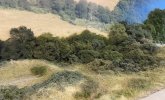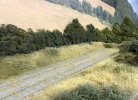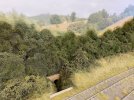Podartist79
Western Thunderer
Simon, it’s finer than any sand I’ve found, and as a result of its role, soaking up Chinchilla ‘mess’ it’s slightly absorbent, which can be handy.I keep reading about ”Chinchilla dust/grit” and went out to buy some to play with, and found it to be rather expensive sand. I presume this is something different?
if so, what? and do we have a brand or preferred source?





